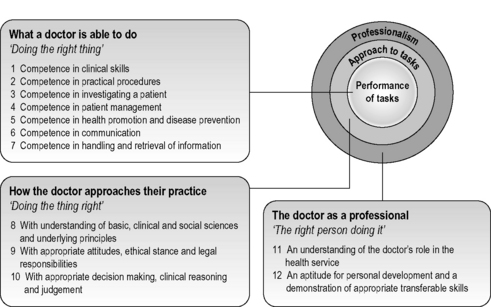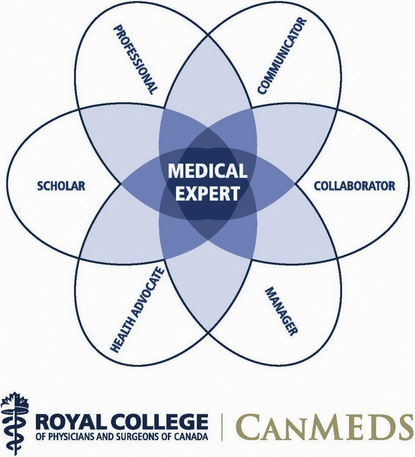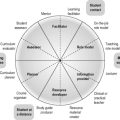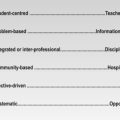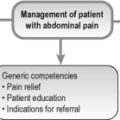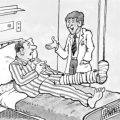8 Describing and communicating the learning outcomes
The dundee three-circle outcome model and ‘the scottish doctor’ framework
This framework is based on 12 domains. It is different from other frameworks in that the domains are incorporated in a three-circle model that emphasises the relationship between the different domains (Fig. 8.1). We have looked in Chapter 5 at a similar model for describing the good teacher.
8. understanding of social, basic and clinical sciences
The canmeds physician competency framework
1. Medical expert: applying knowledge skills and attitudes to patient care.
2. Communicator: communicating effectively with patients, families, colleagues and other professionals.
3. Collaborator: working effectively within a healthcare team.
4. Health advocate: advancing the health and well-being of patients and populations.
5. Manager: participating effectively in the organisation of the healthcare system.
6. Scholar: committing to reflective learning as well as to the creation, dissemination and application of medical knowledge.
7. Professional: committing to ethical practice and high personal standard of behaviour.
Figure 8.2 illustrates the elements and the interconnections of the roles.
The accreditation council for graduate medical education (ACGME)
The brown abilities
The nine abilities identified to describe a successful doctor are:
Criteria for a learning outcome framework
A learning outcome framework should meet the following criteria:
• The key domains should reflect the vision and mission of the institution as perceived by the various stakeholders including the public. They should reflect clearly, with an appropriate sense of values, what is expected of a doctor.
• The domains should be defined at an appropriate level of generality. The number of domains should be small enough to be manageable but large enough to distinguish the different aspects of competence.
• The framework should provide a holistic and integrated view of medical practice and indicate the relationship between the different outcome domains.
• The framework should assist with the development of ‘enabling’ outcomes for each of the key domains specified.
• The framework should be clear and unambiguous. It should be user-friendly, intuitive and easy to use.
Reflect and react
1. Agreement may already have been reached regarding the outcome framework that is used in your situation. If not, you can develop your own framework or select and adapt an existing framework. The latter approach has obvious advantages.
2. Are teachers and students familiar with the details of the framework and how the elements of the education programme for which you have a responsibility relate to the overall outcome framework?
The CanMEDS. Physician Competency Framework. Better Standards. Better Physicians. Better Care. Frank J.R., Ottawa: The Royal College of Physicians and Surgeons of Canada. 2005.
An introduction to the CanMeds framework with a more detailed description of the CanMeds roles.
Scottish Deans’ Medical Education Group. The Scottish Doctor. Learning outcomes for the Medical Undergraduate in Scotland; A Foundation for Competent and Reflective Practitioners. Dundee: The Association for Medical Education in Europe (AMEE); 2008.
A description of the 12 outcome domains subdivided into a more detailed set of learning outcomes.

